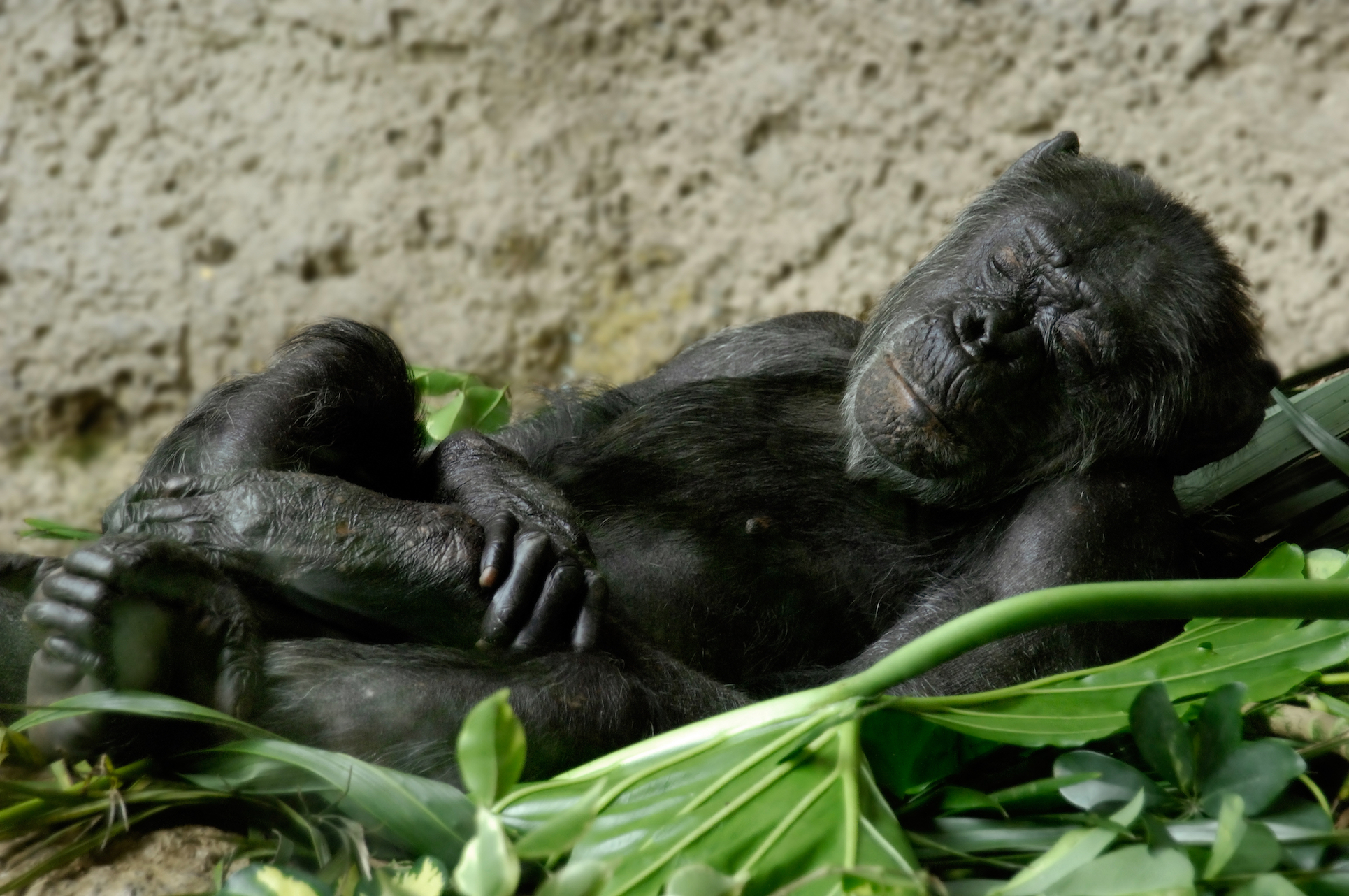
Chimpanzees have surprisingly clean beds compared to humans
A team of researchers has found that beds made by chimpanzees high in the treetops are cleaner than most human beds. An investigation into the microbes and insects present in chimpanzee nests and human beds revealed that chimpanzees have more sanitary sleeping accommodations.
Study lead author Megan Thoemmes is a Ph.D. student at North Carolina State University.
“We know that human homes are effectively their own ecosystems, and human beds often contain a subset of the taxa – or types – of organisms found in the home,” said Thoemmes.
“For example, about 35 percent of bacteria in human beds stem from our own bodies, including fecal, oral and skin bacteria. We wanted to know how this compares with some of our closest evolutionary relatives, the chimpanzees, which make their own beds daily.
The team used samples collected from 41 chimpanzee nests in Tanzania to test for microbial biodiversity. Samples of arthropods such as insects and spiders collected from 15 of the nests were also used for the study.
The experts were not surprised to find major differences in the biodiversity found in chimpanzee beds and human beds. In addition to a greater diversity of microbes, the chimpanzee beds contained species present in forest habitats.
More significantly, the chimpanzee beds were found to be much less likely to harbor fecal, oral, or skin bacteria.
“We found almost none of those microbes in the chimpanzee nests, which was a little surprising,” said Thoemmes. “We also expected to see a significant number of arthropod parasites, but we didn’t. There were only four ectoparasites found, across all the nests we looked at. And that’s four individual specimens, not four different species.”
Thoemmes said that the research highlights the role that man-made structures play in shaping the ecosystems of our immediate environment. “In some ways, our attempts to create a clean environment for ourselves may actually make our surroundings less ideal.”
The study is published in the journal Royal Royal Society Open Science.
—
By Chrissy Sexton, Earth.com Staff Writer












